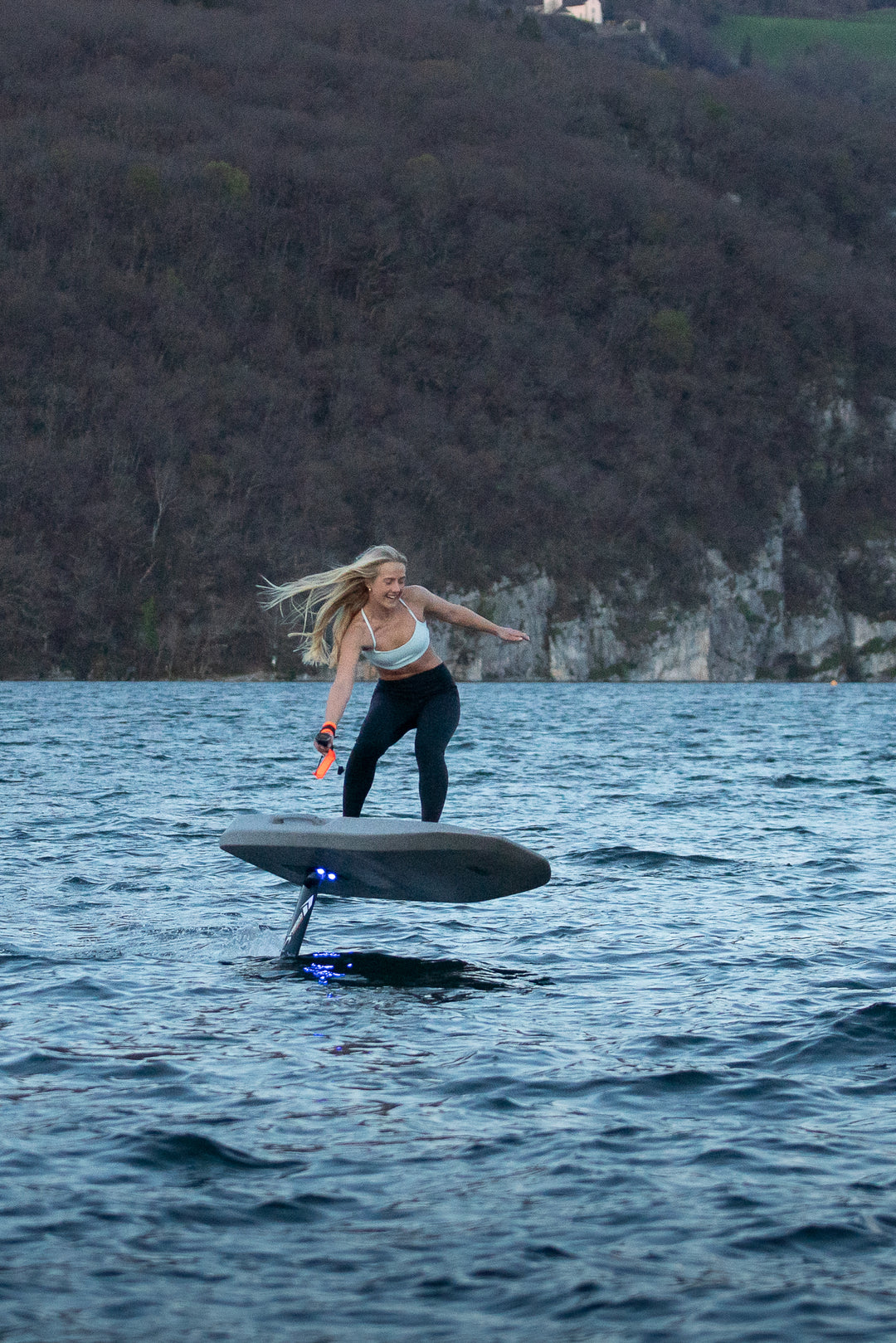Navigating the World of Hydrofoils: A basics overview in Foil Selection
The world of hydrofoils opens up a thrilling dimension for water enthusiasts, providing an unmatched experience of gliding above the surface. Among the critical decisions in creating your efoil setup, choosing the right foil stands out as a pivotal factor influencing both performance and safety.
The Art of Choosing: Factors to Consider
1. Experience Level
For those embarking on their efoiling journey, the experience level plays a crucial role in determining the ideal foil characteristics.
-
Beginners: Larger foils with substantial lift provide stability and ease of learning.
-
Experienced Riders: Opt for smaller, more maneuverable foils that respond swiftly to nuanced controls.
2. Water Conditions
Adapting your foil to the water conditions is imperative for a seamless riding experience.
-
Choppy Waters: Larger foils are recommended, providing enhanced stability and lift.
-
Calm Waters: Smaller foils are suitable, ensuring agility and responsiveness.
3. Board Compatibility
Ensuring that the chosen foil seamlessly integrates with your board is paramount.
- Board Width, Volume, and Fin Placement: Consider these factors to guarantee a perfect fit and optimal performance.
4. Foil Material
The material of the foil significantly impacts its weight, responsiveness, and durability.
-
Aluminum Foils: A budget-friendly option known for durability.
-
Carbon Fiber Foils: Lighter and more responsive but come at a higher cost.
5. Foil Design
The design of the foil, including its shape and angle, contributes to the overall riding experience.
- Shape and Angle: Choose a design aligned with your riding style and goals.
Recommendations: Tailoring the Choice to Your Preferences
Cruising Freestyle
For those aiming to cruise and explore freestyle efoiling, a medium-sized, medium-aspect foil with a front wing ranging from 1300-1500 is ideal. This configuration prioritizes ease of popping onto the foil, steady carry at low speeds, and impressive top speeds.
Jumping
Enthusiasts seeking airtime and thrilling jumps should opt for a high-aspect foil with a front wing around 700-900. While sacrificing some early foil potential and low-speed carry, this setup ensures a better release and extended airtime.
Alu or Carbon?
Choosing between aluminum and carbon foils involves weighing durability against performance.
-
Alu Foils: Offer great value and exceptional durability.
-
Carbon Foils: Deliver superior performance with reduced weight and increased responsiveness.
Understanding Aspect Ratio (AR)
The Aspect Ratio (AR) is a key parameter influencing foil design, with implications for lift, stability, and efficiency. It is the ratio between the surface area and wingspan of the foil.
-
Low-to-Mid AR Foils: Thicker and rounder, providing stability, good lift, and easy take-off at low speeds.
-
High AR Foils: Thinner and longer, producing less induced drag, high efficiency, and significant glide and speed.
Conclusion
In conclusion, navigating the realm of hydrofoils is an exhilarating journey that demands careful consideration at every turn. The art of choosing the right hydrofoil extends beyond a mere accessory—it becomes an extension of your aquatic aspirations.



